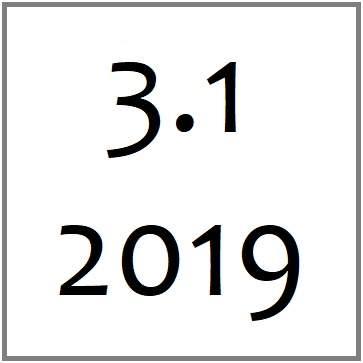Curatorial Statement
Admittedly, this is the first project I have participated in under the name of “curation.” Therefore, I want to first thank Maria Novotny and Ames Hawkins, the co-editors/co-curators of this special issue, for their generous amount of support and guidance throughout this process. Their support has been pivotal and central to the curation process for the zines you will find in this part of our online curated exhibit.
The process of zine-curation that I attempted to embody was one of improvisation. For me, improvisation is central to the composition process; curation as composition embodies the shifting intensities of composing, revising, moving, altering, reading, pasting, cutting, moving again. Curation puts the body front and center in the materiality of the composing process – I’m reminded of the times I would crumble up a piece of paper to then unfold it and reuse it: from the trash bin to the copy machine...from ephemera to the center and back again…
The first zine is a more personal reflection on the relationships between my body and the places I have inhabited or lived over the years. It asks, citing the work of Anjali Arondekar, “how can we curate from a space of absence?” In this particular zine, I attempted to situate myself as a composer located within a confusing and shape-shifting network of constellating places, spaces, buildings, people, and relations. For example, the cover page of the zine consists of the Jackson County Courthouse, which, as you read the zine, you’ll find that this particular building is a site of trauma, confusion, and – inevitably – place-making.
The second zine is dedicated to foregrounding the archival, or curatorial, work I’ve performed elsewhere; namely, the zine is shaped by my editorial experience as a queer archivist working with artwork and poetry of Jim Wheeler. It is a storying of my exposure to and work in a personal, familial archive of poems, artworks, and traumas. I hope that the messiness of the zine-curation embodies the messiness of queer archival method in general – messiness, unknowability, and non-linearity are central to any and all queer archival gestures. For instance, there will be times in the zine where readers may find themselves scratching their heads at the confusing quality of the walls of text or crooked image patterns. The focus on text is intentional: text-image-text-image-text-image – sometimes archival and curatorial work is a coming-up-against-walls.
The third zine is a remix of two previous essays I have written on disability labor justice and accessibility and/as disability justice. I wanted to be intentional about the remix process in a way that (1) values the intensity of the words I wrote and (2) expressed an aesthetic form that attempts to emphasize the uncollectible excess of text, image, and – to some degree – disability justice work. Throughout each zine, readers will find that I made various hand-written notes alongside the copy-pasted text and images. This emphasizes the improvisational and incomplete method of curation that I believe embodies a fundamentally queer approach to rhetoric and composition, as well as a queer curatorial praxis that foregrounds the uncollectible excess of queer-crip life.
